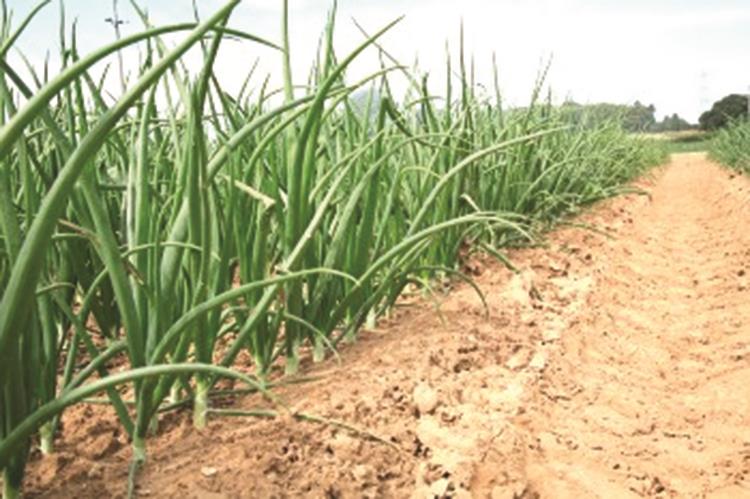
The Sunday Mail

Andrew Mangwarara
An apple a day keeps the doctor away, so goes the old adage. But alas it’s not just the apple, believe it or not, it’s the onion as well.
Most people I have talked to don’t have much adoration for this commonly used vegetable in the kitchen, though it’s certainly packed with some powerful healthy benefits.
The onion boosts your immune system by improving the efficiency of vitamin C. It also regulates blood sugar. If you have been stung by a bee, squeeze some onion juice on the area and get instant relief. Onions have been proven to prevent some cancers, particularly stomach cancers as they are the best source of a substance called quercitin, which helps to thin the blood, lower cholesterol, prevent blood clots, fight asthma, bronchitis and diabetes.
The aforementioned are just some of the health benefits of onions. The big question, however, is how to grow this important vegetable in our gardens.
As the rainy season comes to an end, it’s the perfect time to put an onion winter crop into the ground in your vegetable garden. Onions grow best in cool weather and consistent cool temperatures discourage flowering as opposed to fluctuating cool and warm temperatures which will encourage flowering. However, some cultivars have been bred to overcome this problem.
Onions will grow well in most soils though lighter sandy soils are easier to manage. A soil pH of 5-6 is prefered though the plant can tolerate a higher pH, which is alkaline. Onions respond well to organic manure. However, too much nitrogen will compromise the storage quality of the bulbs thereby causing rotting.
Bring your soil to a fine tilth and incorporate the organic matter with a compound fertiliser such as Compound C at 750g per 10m². Additional ammonium nitrate is applied at a rate of 250g per 10m². Potassium nitrate can be added as well to improve the storage life of the crop four weeks before harvesting at a rate of 300g per 10sqm.
Plant your onion seedlings purchased from a reputable supplier. Or better still sow your own seed and it should be ready in 6-8 weeks. Plant spacing is at 5-7cm in a row and 23-30cm inter-row. However, direct sown seed matures earlier than the transplanted crop since the plant does not suffer from transplanting shock.
Ensure that your onions receive adequate moisture particularly at germination and bulb formation times; however, reduce watering when the bulbs are formed and maturing or stop watering three weeks prior to harvesting.
A major pest of onions are thrips, these are tiny sap sucking insects (1,5 mm in length) and can be black, brown or yellowish in colour. They leave silvery blemishes on the leaves, which are easy to spot. Heavy infestations can cause the plants to wilt, transmitting viruses at the same time. Use a systemic insecticide to control thrips. Downy mildew is a common disease on onions and is characterised by pale green, yellowish to brownish areas of irregular size, oval to cylindrical on infected leaves or seed stalks. Preventative sprays work best.
Harvest your onions when half the leaves have fallen. To improve storage durability let the leaves dry first. Store onions in a barn where temperatures do not exceed 35 degrees Celsius.
You can also make a quick remedy for colds and coughs by cutting an onion and pouring honey on it. Leave for five to six hours then administer the resultant syrup. Happy gardening!
Feedback to [email protected]




